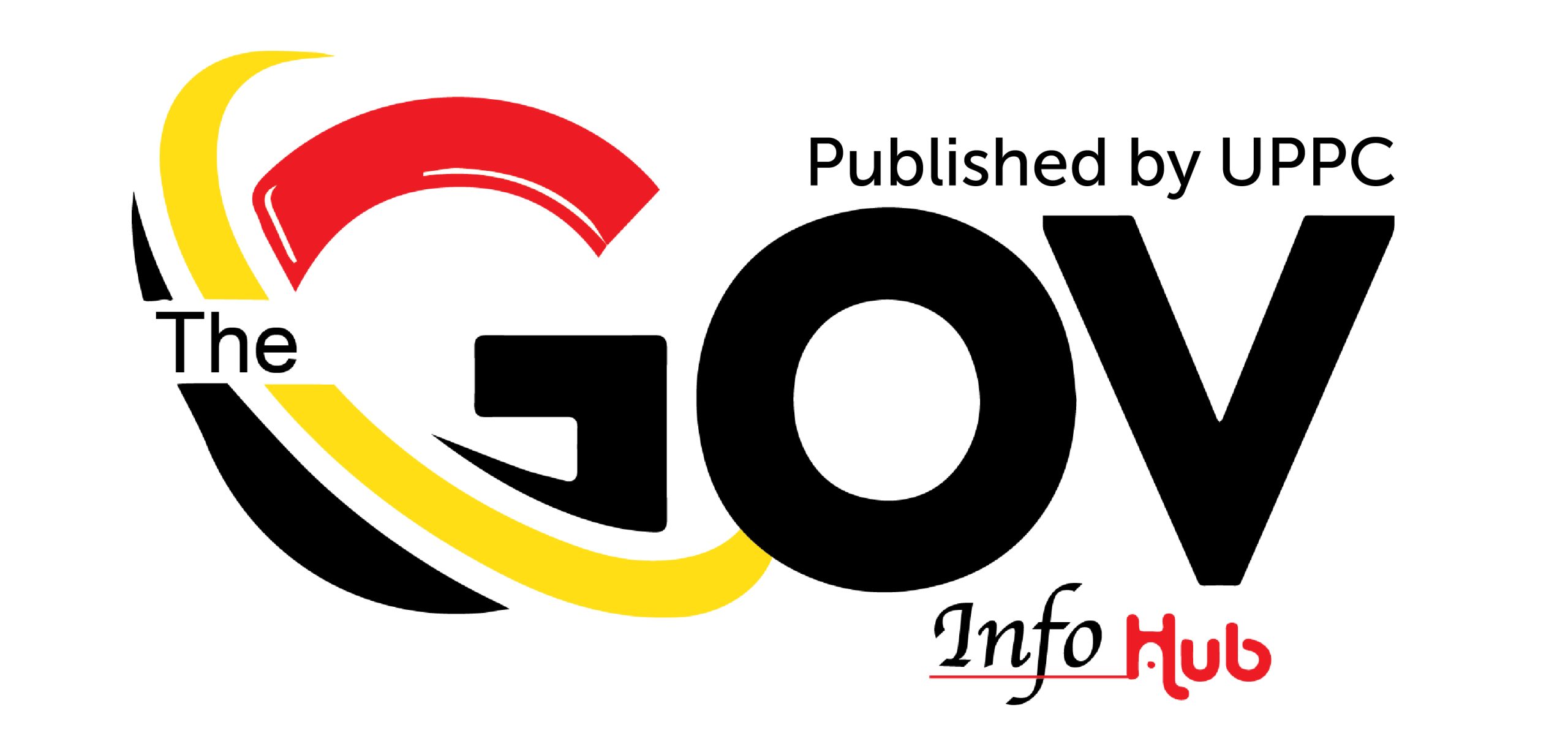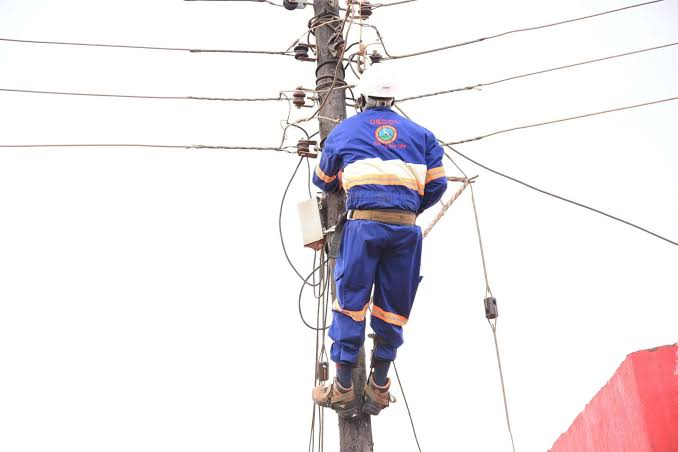As the Uganda Electricity Distribution Company Limited (UEDCL) takes over operations from Umeme after two decades of private-sector control, a critical question arises: can UEDCL succeed where Umeme struggled—particularly on issues of affordability, accessibility, and reliability?
The Electricity Regulatory Authority (ERA) has released new tariffs for the April–June 2025 quarter, offering the first glimpse into what the UEDCL era might look like. While the revised structure retains several features from the Umeme period, there are signs of a strategic shift—especially regarding industrial consumers.
When Umeme was awarded the electricity distribution concession in 2005, Uganda’s power infrastructure was outdated and inefficient. Over time, Umeme invested in modernizing the grid, introduced prepaid metering systems like Yaka, reduced energy losses, and expanded electricity access. However, despite these technical improvements, the company remained unpopular among consumers.
High tariffs, frequent outages, and poor customer service were persistent concerns. Many believed Umeme prioritised profits over the needs of ordinary Ugandans. This growing frustration ultimately contributed to the government’s decision not to renew its concession, instead returning distribution operations to the state-owned UEDCL.
UEDCL’s takeover marks a significant shift in Uganda’s electricity distribution landscape. The public expects more than a change in management—it expects tangible results. The state-owned entity inherits not only Umeme’s physical infrastructure but also its regulatory and financial obligations.
Dr Sarah Wasagali Kanaabi, Chairperson of ERA, confirmed that UEDCL will operate under the same tariff-setting framework previously applied to Umeme, which adjusts quarterly based on inflation, foreign exchange fluctuations, and global fuel prices. This regulatory continuity suggests that future tariff changes will still be heavily influenced by macroeconomic variables—moderating public expectations of an immediate reduction in electricity costs.
A key concern for many consumers is whether the transition to UEDCL will result in lower electricity tariffs. So far, signs of relief are visible, particularly for large manufacturers. According to ERA’s latest tariffs for April to June 2025, extra-large industrial users will now pay Shs203.6 per unit—a significant reduction from previous rates.
Mr Julius Wandera, ERA’s Director of Communications, explained the rationale behind this reduction: “Umeme’s investments were a major driver of high tariffs. With their exit, we expect tariffs to gradually decrease, with initial benefits going to be extra-large.
manufacturers. “Our goal has been for manufacturers to receive a tariff of 0.5 US cents per unit, which has now been achieved with the new UEDCL tariffs.”
For domestic users, however, the picture remains complex. The lifeline tariff remains at Shs250 per unit for consumers using up to 100 units. Beyond that, the cost jumps sharply to Shs756.2 per unit, mirroring the structure previously in place under Umeme.
Dr Kanaabi defended this model: “The lifeline tariff of Shs250 per unit applies to domestic customers consuming up to 100 units. Beyond that, they no longer qualify for it. “The domestic tariff—being cost-reflective—will be Shs756.2 per unit for those exceeding the first 15 units.”
In short, little has changed in the cost structure for average households, raising questions about whether the new administration will address residential affordability in the near future.
While the general tariff structure remains intact—cost-reflective pricing, quarterly adjustments, and time-of-use rates—ERA has also maintained the domestic cooking tariff at Shs412 per unit between the 81st and 150th units, aimed at promoting electricity use for cooking.
The Minister for Energy and Mineral Development, Ruth Nankabirwa, promised a smooth transition and reaffirmed the government’s commitment to uninterrupted service. “I wish to assure all Ugandans that we remain fully committed to the continuity of electricity services during this critical period. “Affordability, access, quality, and reliability remain our top priorities,” she said.
The Ministry has also set ambitious targets: reaching 80% national electricity access within three years and achieving universal access by 2030, supported by infrastructure upgrades under the Electricity Access Scale-Up Project (EASP). However, achieving these goals will depend on UEDCL’s operational efficiency and its ability to secure adequate funding—both of which remain under scrutiny.
Dr Kanaabi also highlighted ongoing efforts to revise industrial classifications for more equitable pricing. “We will continue reviewing the composition of the medium and large industrial customer categories to distinguish between electricity consumers engaged in manufacturing and those providing services,” she said.
While Umeme’s private model attracted investment and spurred modernisation, it also fostered a profit-driven approach that many felt overlooked consumer needs. UEDCL, as a public entity, now has the opportunity to realign the sector with national development goals and public interest. However, public ownership is not a guaranteed fix—it brings risks such as inefficiency, political interference, and a lack of innovation if poorly managed.
Nonetheless, if UEDCL can deliver reliable service, reduce energy losses, expand access, and lower tariffs—particularly for domestic consumers—it could restore public confidence in government-run utilities.
The transition from Umeme to UEDCL has sparked optimism, but real change will be measured by results, not rhetoric. While manufacturers have already begun to see the benefits of reduced tariffs, ordinary Ugandans continue to wait for meaningful improvements.
Whether UEDCL can succeed where Umeme fell short will ultimately depend on how well it balances affordability, reliability, and inclusivity in a sector that remains central to Uganda’s economic transformation.


